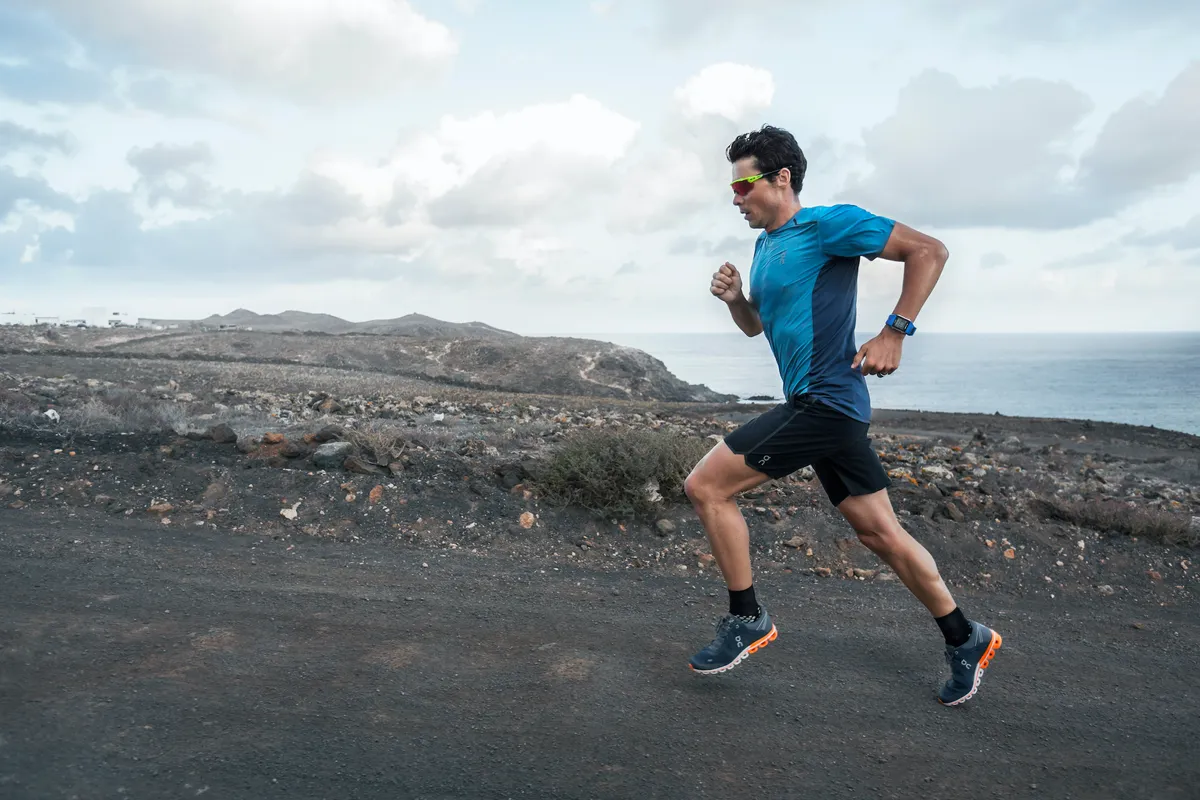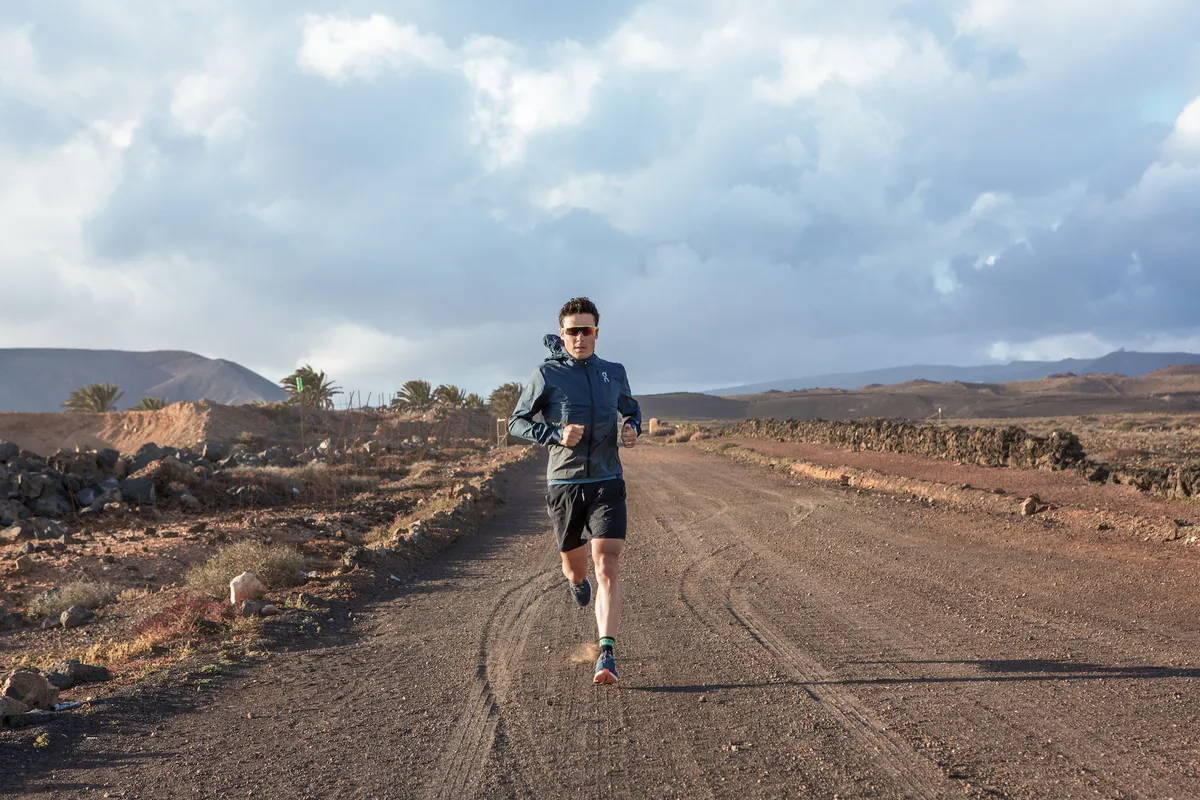After a year of disruption, triathlon is starting to get back on its feet. Ahead of a winning return to racing at Challenge Cancun, we caught up with Spanish pro and multiple world champion Javier Gomez on all things training, summer plans and coping with lockdown…
220: Hi Javier! How are you? Where are you at the moment?
I’m very good, just finished a morning run. I’m in Mexico at the moment, in Cozumel on a heat training camp. It’s very hot and humid here. I’m racing in Challenge Cancun this weekend, so yeah, I’m having a nice time here.
220: How are you feeling ahead of the race?
Good! It’s going to be the first race in quite a long time. It’s more like a training race, so after this training camp here in the heat I wanted to do a race in the same conditions and this race in Cancun fitted perfectly, so that’s why we’re going to do it.
It’s a very flat race, a very flat course, but it’s going to be very hot and humid, so kind of similar conditions to Tokyo. I’ll see how the body feels and then taper a little bit for Yokohama for the WTS, which is going to be the next one.
220: Where have you been based over the winter?
I was in Spain, I was at home. I also did a training camp in Lanzarote, trying to find better weather. I spent three or four weeks there and then came back home for a few days. Now I’m here in Mexico for the first training camp in the heat, and we’re planning to do another one in June before the Olympics to try to get used to these conditions as much as possible.
220: How has training been going in light of everything going on in the world?
It’s been quite good. We had a few restrictions at home in Spain, but the pools were open and as professional athletes we have a place to train, we just had to sometimes train by ourselves. But it wasn’t too bad.
Last year was worse, there was a time where the pools were shut and we couldn’t train properly, but so far this winter it was okay and I have been able to prepare myself the way I wanted.

220: How have you found lockdown restrictions? Have you picked up any new skills?
[Laughs] I did a bit of baking! My wife is much better than me, but at the beginning of the pandemic she was in New Zealand, I was in Spain and she couldn’t travel, so we spent some time apart. She encouraged me to bake some cookies and a couple of things in the kitchen, which I got better at.
I tried to keep training at home, but it got to a point that I decided to have a little break and recover a bit after so many years of intense training. I thought, maybe it’s good to let the body recover and hopefully make my career a bit longer in the future. I didn’t stress much about it.
220: Have there been any changes you’ve made to your training that you think you’ll continue as the pandemic eases up?
Well yeah, I’ve learned a lot. First of all, that the lifestyle we had before was quite crazy. We were used to it, but travelling from one side to another of the world pretty much every week is crazy when you think about it. And to be honest, it wasn’t bad for me to have more of a quiet time at home. I probably needed a little break and in that sense it was good for me.
But obviously it gets to the point that you start missing the races and you see a lot of triathletes and friends struggling because of the situation, not being able to race and do their jobs. It’s the same for me, but I guess for those that have been around for longer, we probably we took it a bit easier and we didn’t stress as much.
220: What swim, bike and run training sessions are you enjoying most at the moment?
At the moment every session feels quite hard here [in Cozumel]. It’s so hot and humid that you try to do the same pace on the run as at home and it takes much more out of you than when you’re training in normal conditions.
So training has been quite hard lately, but I’m improving in the heat and I’m learning how to manage it better and cool myself down during the hard runs or on the bike, and be more efficient with my nutrition as well. I’m learning all that, but at the moment I’m enjoying the three sports.
220: And this hot weather training is with an eye on the Olympics?
Yeah, with an eye on the Olympics because I think the conditions are going to be brutal there and I was never great in the extreme heat, so we are trying to improve that this year.
- How to prepare for racing in hot weather
- How hot weather affects your body and your ability to train and race
220: Are you still going through qualification?
Yeah, we’re going through that process. It’s not confirmed yet. I guess after Leeds they’ll probably announce the team and if everything goes normal I should be in it.

220: Who do you think your biggest competition will be for medals this year?
I think the difference between this Olympics and the other ones is that they look way more open. I remember before London it was clearly the Brownlees and myself… We had been dominating so much in the previous years that it was likely to be a battle between them and I.
In Rio it was probably a little bit like that, although I broke my elbow and couldn’t make it to the start line. But if you see the results of the last couple of years and the WTCS (World Triathlon Championship Series), especially in 2019, the podium was different every race. That means there’s so many people now that on their good day can win the race. I see it very open.
220: Does your injury ahead of Rio give you more motivation for Tokyo?
Yeah, probably. If I raced in Rio I don’t know if I would be here. I would probably be focused more on long distance, but you know, I wanted to go to the Olympics once again and prove to myself that I can still do well in short distance.
That’s probably why I decided to keep going with short distance. That was definitely a big disappointment in 2016. I want to do my last Olympics and race there, not be injured like before.
220: So after the Olympics you’ll stick to long distance going forward?
Yeah, I think so. I don’t know for how many years. I’m still motivated and excited about the future in long distance. It’s something new for me even though I’ve been racing for so long. It’s a different type of preparation and I’m excited about that, so probably my career will turn to long distance.
220: Are there any lessons you’ve learned from long distance racing that you’ll take into the Olympics?
Well, especially the training for the heat that I did for Kona and the nutrition part that most of the time is not very important in short distance. But in a race like Tokyo, the hydration and keeping yourself cool is going to become crucial.
220: What do you think about the addition of the new relay race to the line-up of events?
It’s exciting. I mean, I’m not a big fan of really short distances, but I understand that it’s very spectacular, really fun to watch and I love watching it. I don’t know if I’m going to make the team, but if the sports director decides to have me as part of the team then of course I’ll be out there and I’ll give my 100%.
We are used to racing for ourselves individually. For pretty much my whole career I’ve been racing like that. Being part of a team is a great feeling, so if I make the team I’ll absolutely give everything.
220: Aside from the Olympics, what are your race plans for the rest of 2021?
I guess it all depends how I am in the World Series. If I have chances to finish the World Series with good results on the podium, I’ll probably do the Grand Final and one or two races if they happen.
If not, I will probably turn my focus to long distance and try to prepare for Kona, if it happens. I’m already qualified for both 70.3 Worlds and Kona, so if they happen I would like to be there. But yeah, we have to go day by day in these uncertain times and see how things unfold.
Gomez has been an integral contributor in the development of On’s new Cloudboom Echo elite marathon shoe being released this summer and will be wearing it for the first time during this summer’s Olympic Games. Find out more about the development of the shoe and get insights from elite athletes here.
Top photo credit: On
